Like the gothic novel, classic horror pits past against present. Either modern science goes too far or evil rises from the grave. When a man finds an old castle overgrown with foliage and overlooked by modernity, he should encounter either Dr. Frankenstein, a mad scientist making a monster, or Count Dracula, a wicked old lord who lost his soul.
Each man was justly punished for seeking forbidden knowledge. Dr. Frankenstein sought to give mankind divine powers over making life, unleashing disaster. After Count Dracula attended a school for black magic, heaven cursed him with vampirism. Both villains, medieval or modern, follow Francis Bacon’s dictum that “knowledge is power” over nature, and they want more, whatever it costs in lives or souls.
A reactionary genre, horror suggests a moral order to our cosmos, that to vitiate it harms the soul, and that when our science accidentally awakens demons from the deep, technology alone cannot save the day.
This ethos is found in movies that require supernatural solutions to supernatural problems. Take The Exorcist (1973). William Friedkin’s impartial, documentary-style camerawork alongside William Peter Blatty’s story—about a Hollywood actress taking her seemingly crazed daughter back-and-forth from doctors to psychiatrists—made audiences intuit that only a Catholic priest could cast out the devil. It still makes viewers assume, however briefly, Christian revelation.
Notice the daughter Regan first encounters her demon through an Ouija board. This detail—possession from a device invented in 1890—evoked deeper changes underway in horror movies as they channeled rising cultural shocks.
Even before the 1960s and ’70s, the old stock of monsters was exhausted. When Abbott and Costello Meet Frankenstein (1948) poked fun at the franchises finally put in the same film—Dracula, the Wolfman, Frankenstein, even the Invisible Man—these Universal Studios Monsters had been so mined for sequels and remakes that the only thing left was self-referential satire. Even though director Roger Corman briefly breathed life into classic horror—especially his lavish Poe adaptations starring Vincent Price—by the time Hammer Horror’s recurring duo of Peter Cushing and Christopher Lee got into the mix, eventually it could only exalt in the campiness.
Consequently, New Hollywood replaced goblins and ghouls with serial killers. If Alfred Hitchcock’s Psycho (1960) explained Norman Bates with Freudian psychobabble, later villains grew inscrutable. The whole point of John Carpenter’s Halloween (1978) was Michael Myers’ lack of obvious motive amid the slicker violence. New horror definitely gave sex and violence a hard close-up, but was it any fiercer? Why is an Egyptian prince, risen from the dead, any scarier if he starts wearing a hockey mask?
An answer came in Peter Bogdanovich’s Targets (1968). Boris Karloff—famous for portraying monsters in the 1930s—plays a retiring actor afraid his genre is outdated in a psychotic world. Nobody watches monster movies, he reasons, with real evil always on the news. Soon the actor’s latest film is to premiere at a drive-in theater where a traumatized Vietnam vet plans a massacre. Thus, Karloff, the actor behind black-and-white monsters, shall meet his replacement: an in-color shooter.
Using Karloff’s final role—as he narrates gothic tales like “The Appointment in Samarra” and walks into gunfire to disarm the madman—Bogdanovich champions his actor’s life’s work with a point: Death is inevitable, but heroism is always needed. Even Karloff’s last line (ever) typifies the old horror shaking his head at the new psycho: “Is that what I was afraid of?”
If Hitchcock exhumed an old genre as fatigued, Bogdanovich instead indicted the industry as uninspired. In between these two eras of the old monsters and new killers arose a fascinating subgenre: counterculture horror. The hippies, it turns out, worship the devil.
I first noticed the trope last year at a midwestern film festival that showed Rosemary’s Baby (1968), The Mephisto Waltz (1971), The Wicker Man (1973), and The Howling (1981). I kept seeing 19th-century conspiracies converge with 20th-century counterculture: Victorian secret societies, often sacrificial cults, use free love and psychedelics to disguise themselves and recruit latter-day beatniks. Either that or modern projects like paranormal research and its ilk accidentally discover those occult powers.
Usually flower children were victims, but after the Manson family killings, a new archetype arose: satanist bohemians. True, hippies did not indulge in violent devil-worship as found in Psychomania (1973) or Race with the Devil (1975). Yet as directors updated gothic tropes, they anchored middle-class anxieties in hip disciples of Old Scratch. Eventually, other subgroups like punks and gangs displaced hippies in movies like The Return of the Living Dead (1985).
Nonetheless, this subgenre often gets revived when directors harken back to that time of cultural revolution, whether from nostalgia or critique.
This year alone, two pairs of films came out at similar times but with near opposite takes on the subgenre. The First Omen and Late Night with the Devil premiered this past spring, while MaXXXine and Longlegs opened over the summer. Both First Omen (a retcon of Richard Donner’s 1976 classic, The Omen, about the antichrist’s birth) and MaXXXine (about seedy 1980s Hollywood haunted by ritualistic killings and religious protest) deny supernatural evil’s reality, locating the villainy instead in Christian foes stoking fear. Notably, both films are nostalgic for those days of change and transgression.
By contrast, Late Night with the Devil is about a Bohemian Club member and television host who interviews the demonically possessed sole female survivor of a suicidal cult. Unlike Regan half a century ago, her demon is never exorcized, but, like the slave girl in Acts 16, she is used for (paranormal) scientific research and fed as content for broadcast television. Similarly, in Longlegs, a 1990s clairvoyant FBI agent is tasked to solve the decades-old ritualistic murder-suicides of one satanist serial killer—this time prescience is weaponized against darkness. It seems these movies indict their time periods as being disarmed against evil.
Moreover, both religiously attuned films hit way harder than their agnostic competitors because they understand that the reality of supernatural evil is scarier than the mere fear of it. So counterculture horror lives on, but with a twist.
The original counterculture of secret societies and occult obsessions is depicted as taking after Count Dracula, trying to control fate through clearly evil ways. In contrast, the recent counterculture of swinging lifestyles and political dissent is made more like Dr. Frankenstein, inevitably using science to master life. Yet repeatedly in these movies they are made to meet up. As the old horror transitioned into the new style, the mingling elements made it possible to perceive that these countercultural movements were not so different after all.
As Rosemary’s Baby puts it: “He has his father’s eyes.”
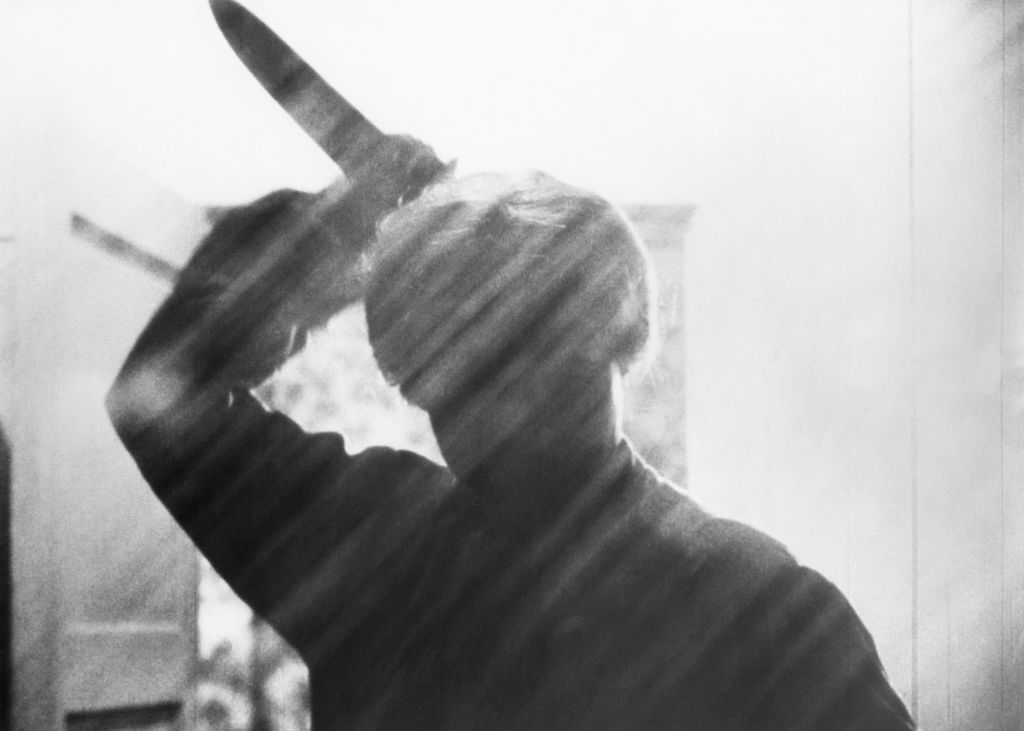
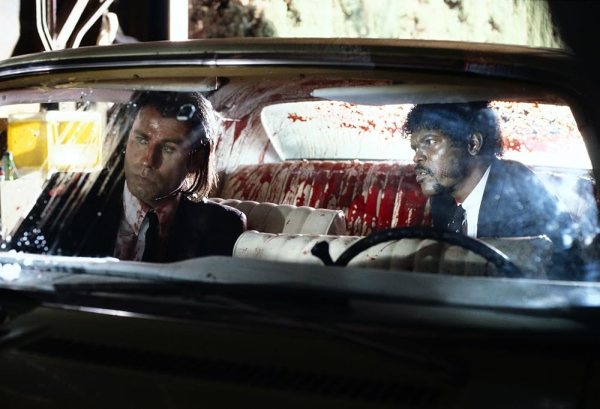
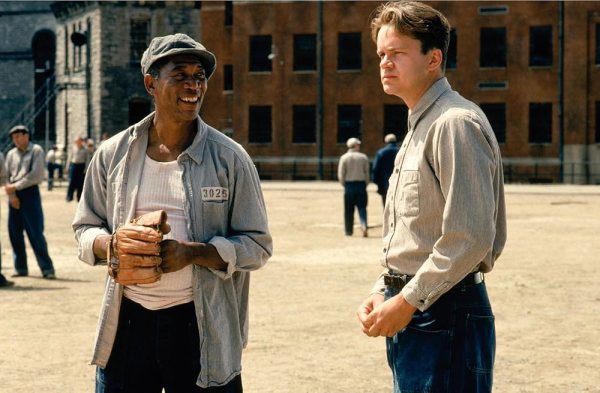
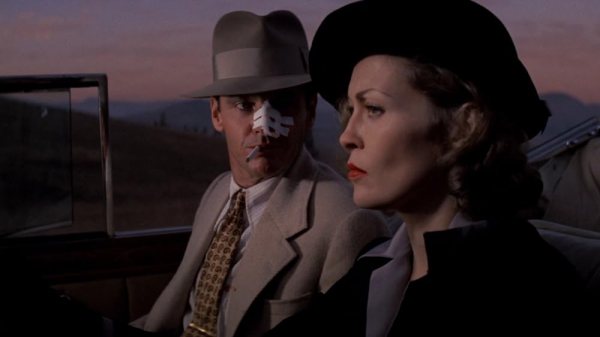
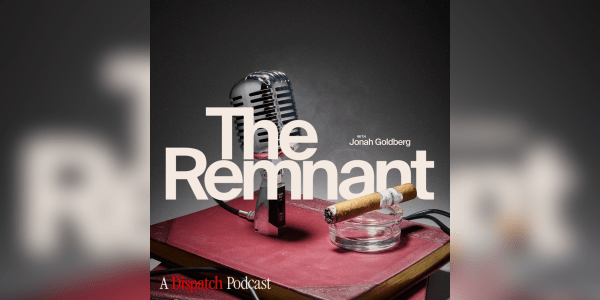
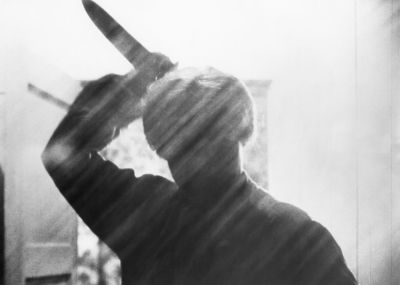
Please note that we at The Dispatch hold ourselves, our work, and our commenters to a higher standard than other places on the internet. We welcome comments that foster genuine debate or discussion—including comments critical of us or our work—but responses that include ad hominem attacks on fellow Dispatch members or are intended to stoke fear and anger may be moderated.
With your membership, you only have the ability to comment on The Morning Dispatch articles. Consider upgrading to join the conversation everywhere.